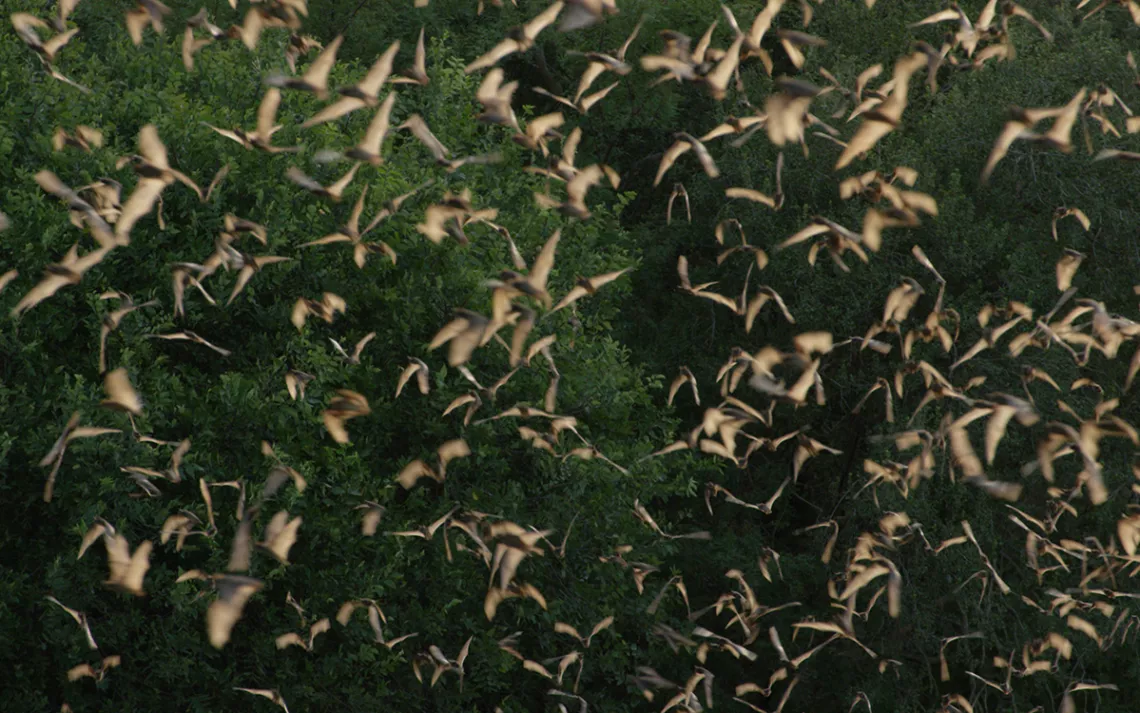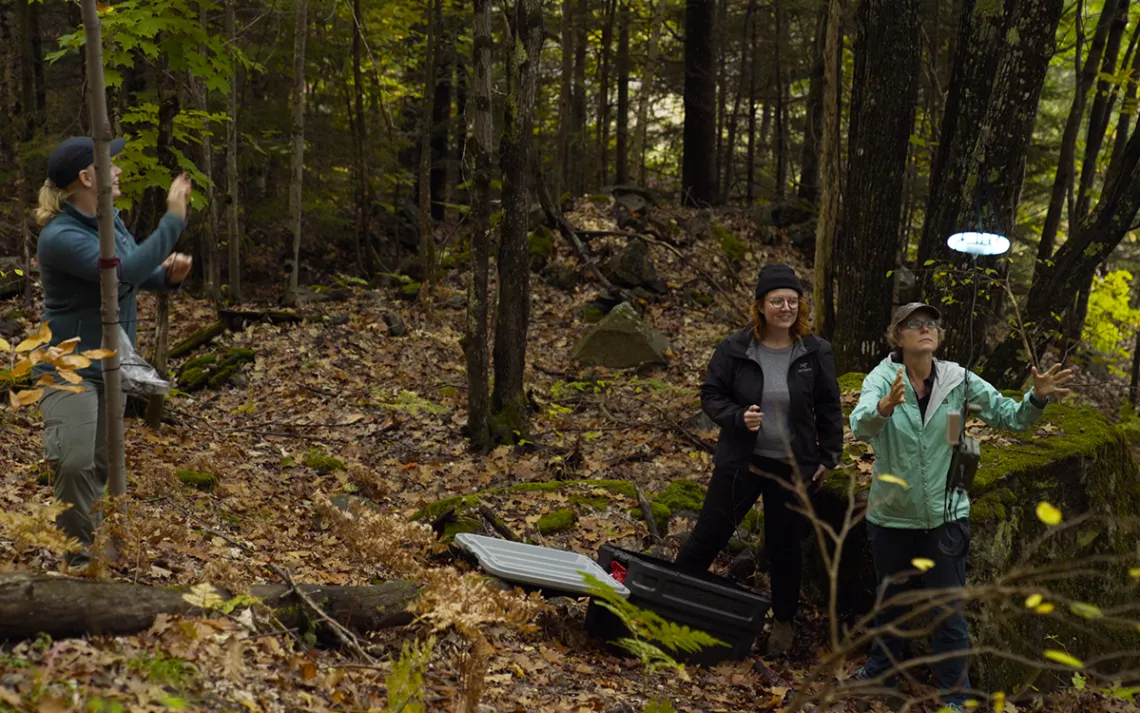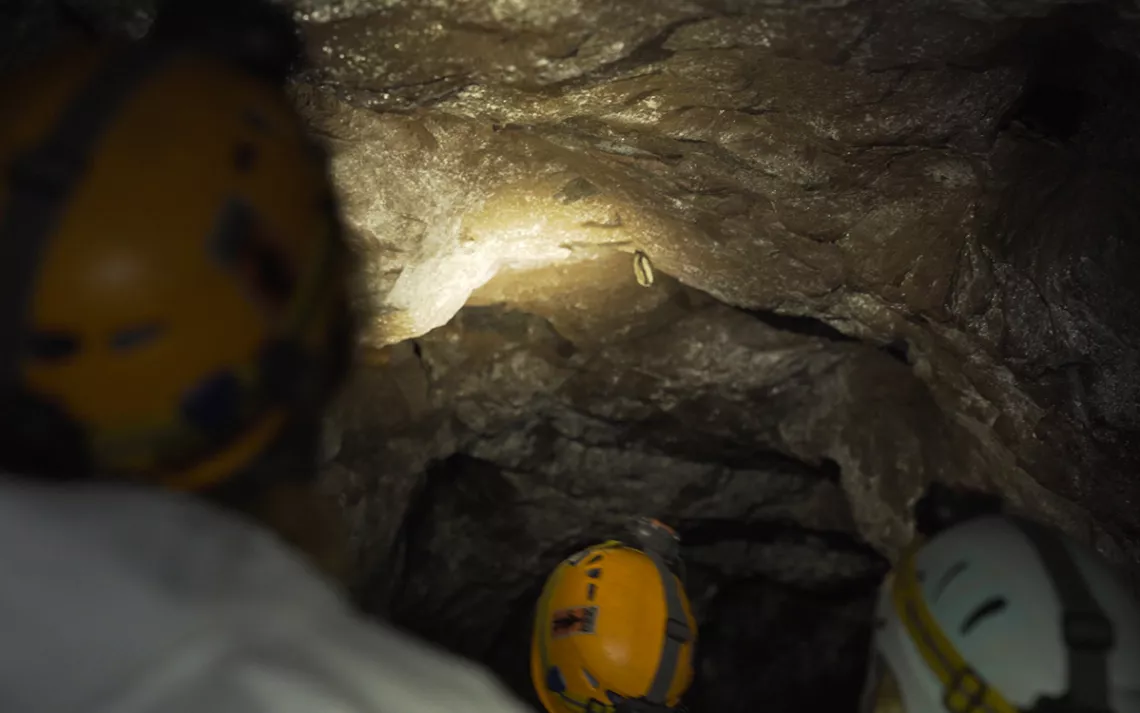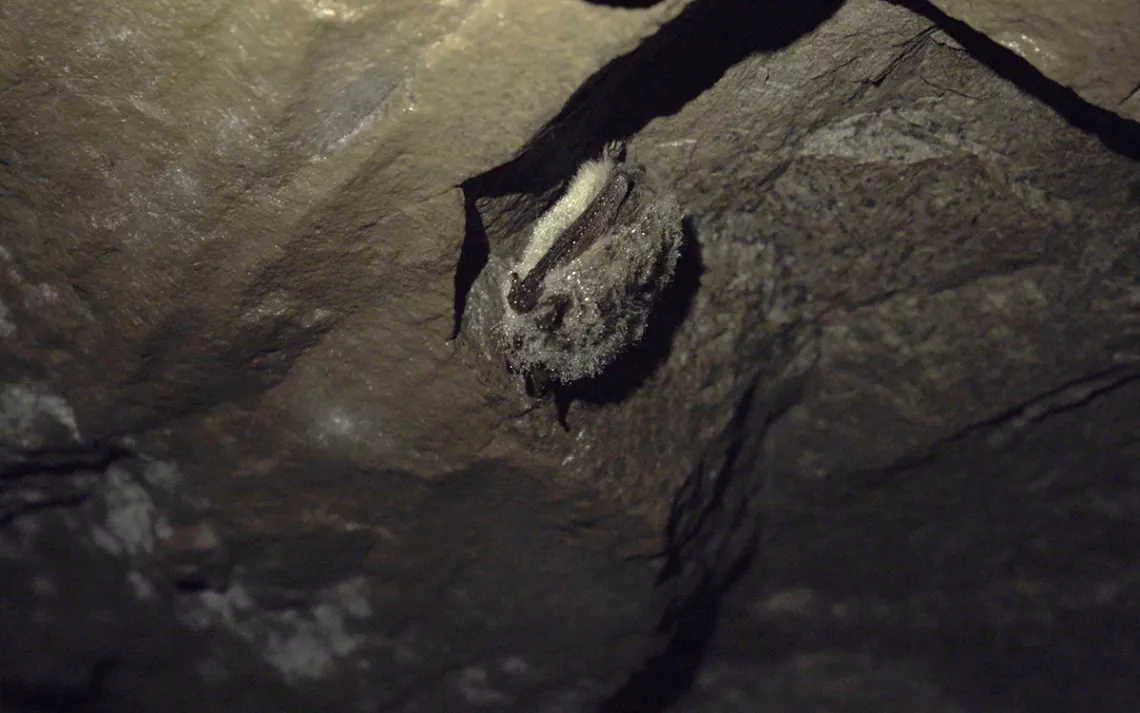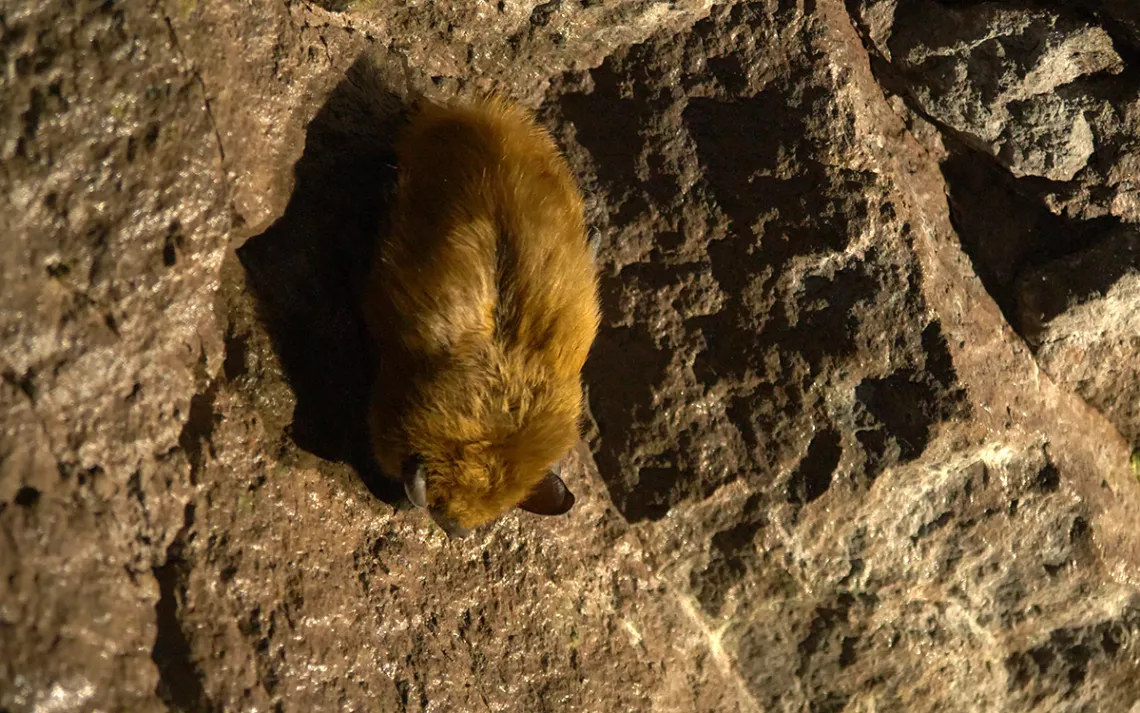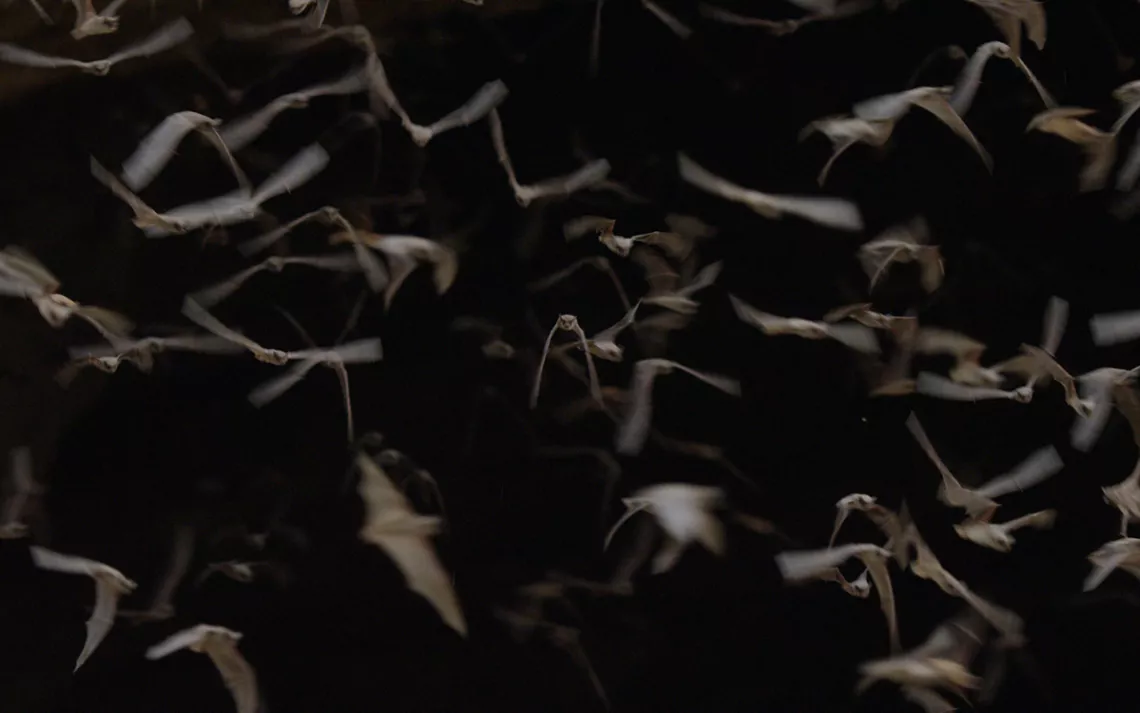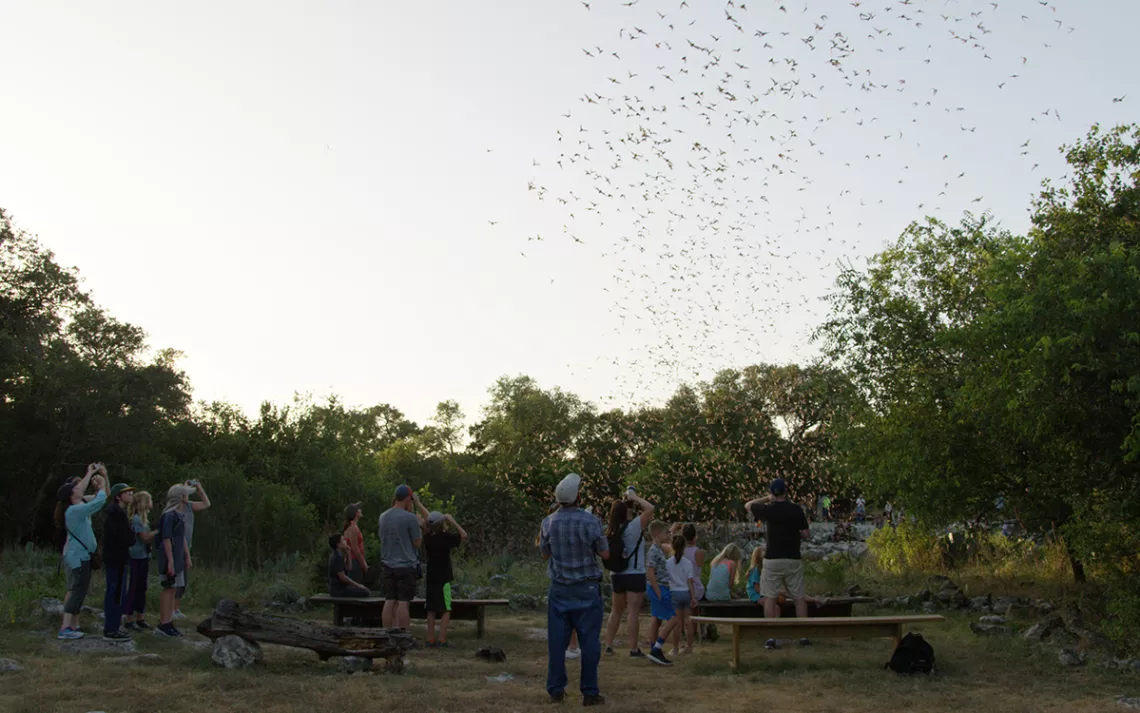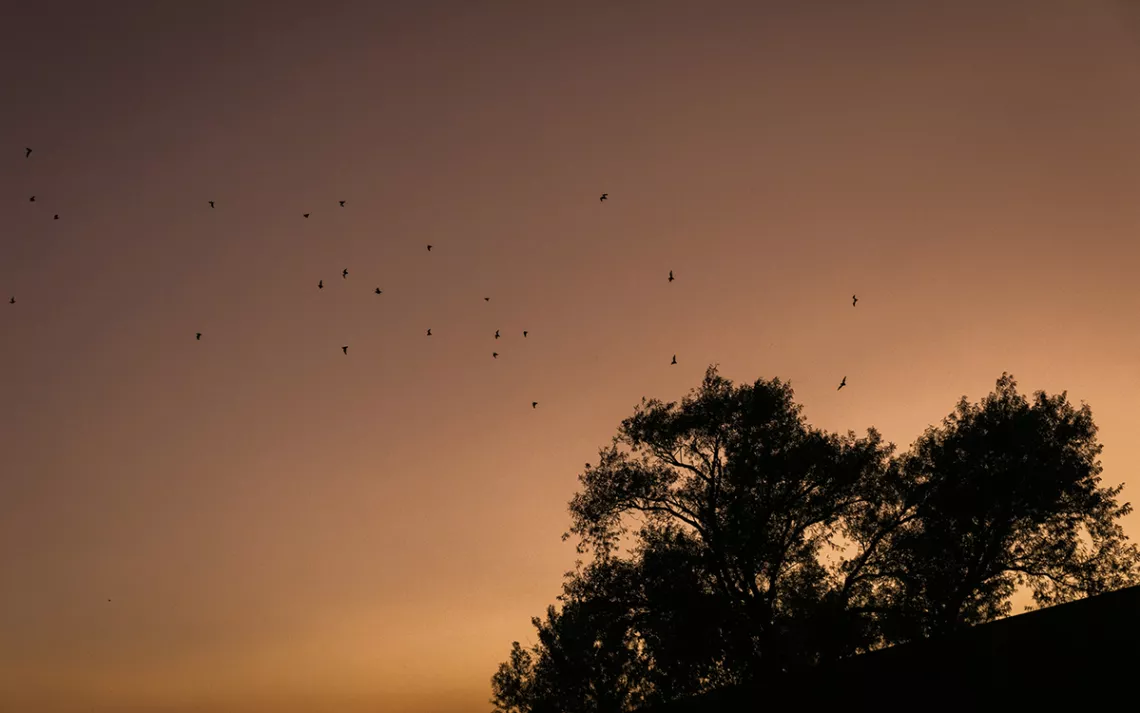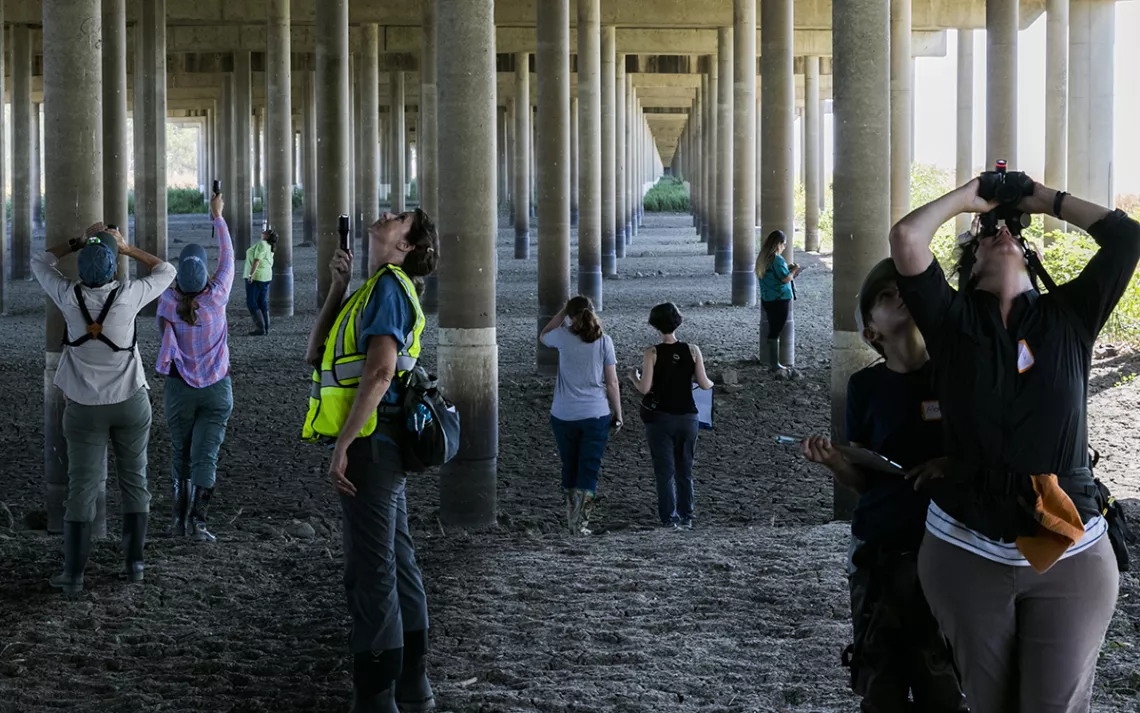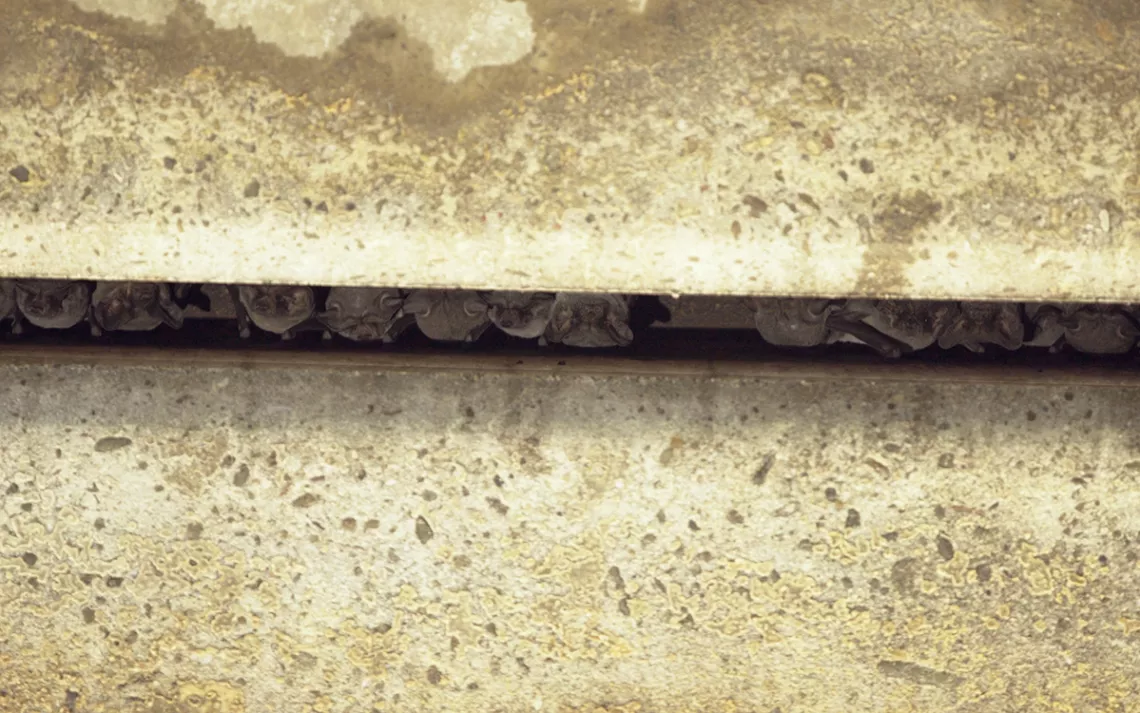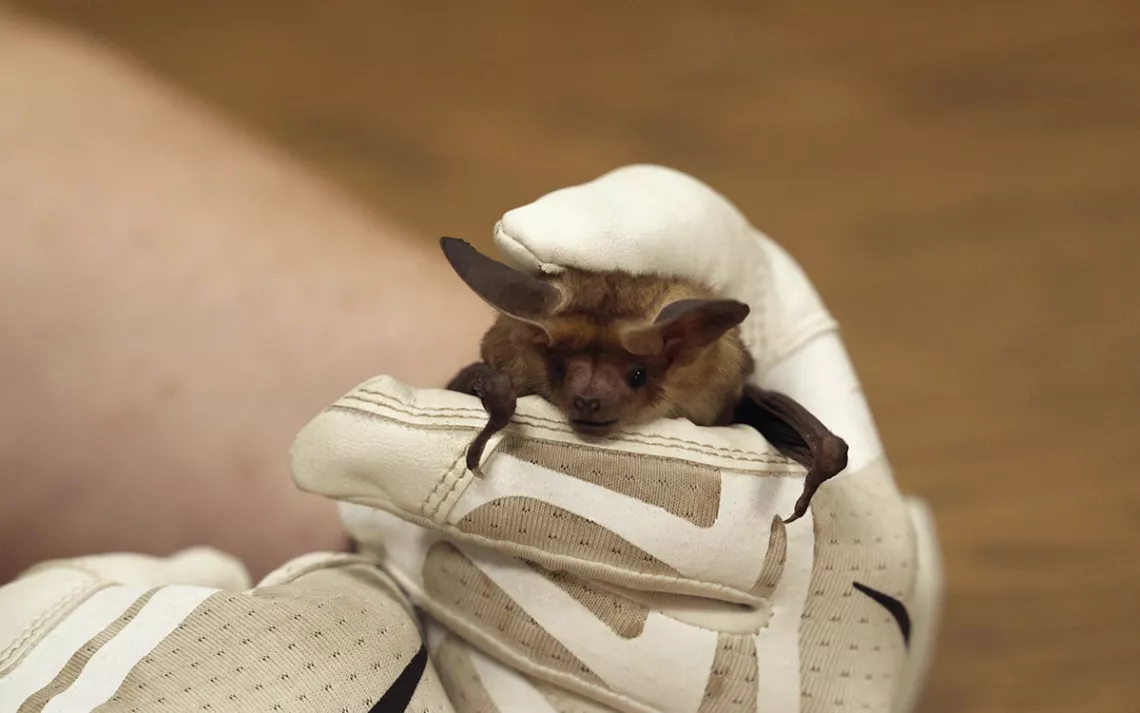Meet "Team Fat Bat"—Scientists Try to Save Victims of White-Nose Syndrome
Happy Bat Week 2019
Today kicks off Bat Week, an annual, international celebration designed to raise awareness of the amazing yet often stigmatized creatures so vital to the health of our ecosystems. Although seldom seen, bats around the world are hard at work each night—hunting pests, pollinating flowers, and spreading seeds to grow new plants and trees.
In our humble opinion, the underdog species so often associated with Halloween iconography and general morbidity deserves some extra TLC this Bat Week—2019, after all, has been a rough year for bats. That's because Pseudogymnoascus destructans (Pd), the fungus that causes white-nose syndrome—a disease that disrupts bats' winter sleep, causing them to expend too much energy as the snow-hued fungus grows over their noses and wings—was detected for the first time in California and central Texas. WNS originated in Eurasia, whose bats have evolved to develop immunity to it, and began ravaging certain species of hibernating bats in northeastern North America in 2006. To date, more than 6 million bats have succumbed to the disease.
Fortunately, bat scientists and advocates are responding quickly. This year, for instance, a team of scientists affiliated with Bat Conservation International began conducting a unique study in Michigan's Upper Peninsula, where bats make their winter homes in the region's many abandoned copper mines. Designed to help WNS-afflicted bats survive winter, it involves creating “bug buffets,” by attracting moths to UV lights hung on tree branches. The idea is to fatten bats up before hibernation, in case they wake up early due to the irritating effects of white-nose syndrome. If successful, the “Fat Bat” model can be replicated anywhere WNS threatens bats.
The Fat Bat study is highlighted in The Invisible Mammal, an award-winning short film from 2016 that director Kristin Tieche is currently developing into a feature. Check out these (very educational!) stills from the film, and please enjoy a happy, bat-population-boosting Bat Week.
 The Magazine of The Sierra Club
The Magazine of The Sierra Club
